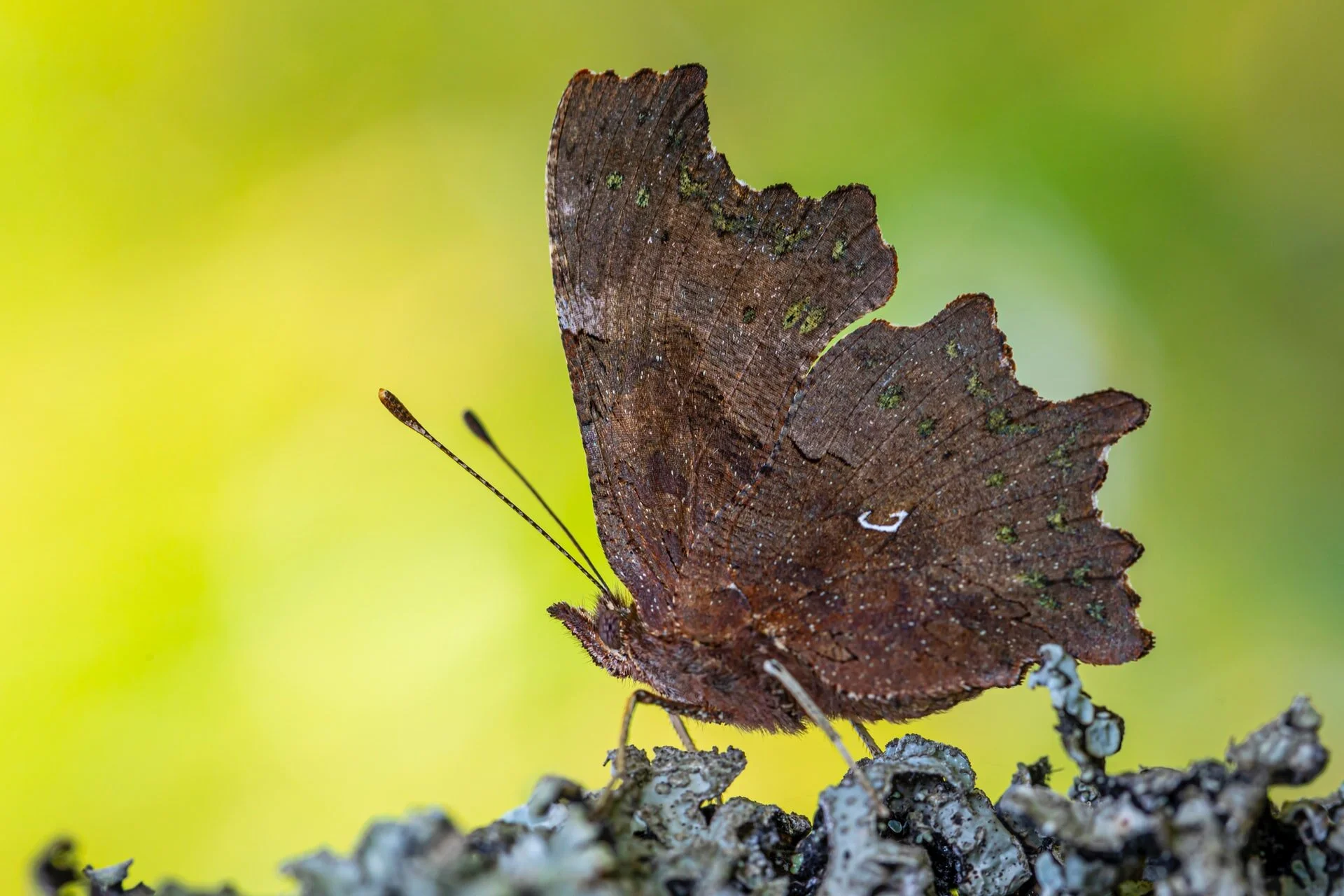Butterfly Wings
Scanning through recent scientific discoveries I found an article that discussed the method of flight used by butterflies. It describes new insights into the dynamics of their wings which have until recently been a mystery to us humans. The research has identified that the shape of the wings combined with the ‘clap’ that the butterfly makes in flight creates a jet of air that propels the butterfly forward. It is a remarkable mechanism that means the butterfly flight is incredibly efficient.
In the summary of the article something jumped out at me:
“Until now, the common perception has been that butterfly wings are aerodynamically inefficient, however, the researchers suggest that the opposite is actually true.”
For me this is astonishing and illuminating. Not many of us think about butterfly wings, but those who do assumed that the wings were not that good at their job. This is a very powerful assumption. It is a great demonstration of the kind of assumptions humans make all the time about the more than human world. It reflects a default way of relating to the world that is not only wrong, but highly damaging: if there is something we don’t quite understand about the world, then our default is often to belittle it.
Our ability to dismiss our world in this way demonstrates how poor our relationship with the Earth is. It would radically change our interactions with the more than human if our default was one of wonder and open inquiry, assuming that it is us that has not quite yet ‘got it’ rather than the world is lacking in some way. Such a change would require humility on our part as a species, and a recognition that the world holds wisdom beyond human knowledge. This has proved very challenging for our societies in recent centuries, but it is not so hard to do. We just need to stop thinking of humanity as the pinnacle of evolution.
Photo by Erik Karits on Unsplash
It should be no surprise to us that butterfly wings are hugely efficient - just taking a moment to look at the beauty in both their structure and motion would tell us that there is something powerful happening. But science does not recognise this intuitive response. Perhaps it is time to allow our starting points to be informed by intuition and other forms of knowing - they help us navigate the more than human world in ways that recognise there is more going on than we can understand.
There are many peoples around the world who start from such a place of wonder and deep respect for the more than human world, using this to govern their interactions. This demonstrates that such ways of engaging with the world are not impossible, even if it may take some time to retrain our minds. Next time I have the privilege of seeing a butterfly I will look on with wonder at the beauty of the form and the function, and I will also ask myself how else my assumptions are limiting the way I engage with the world.


